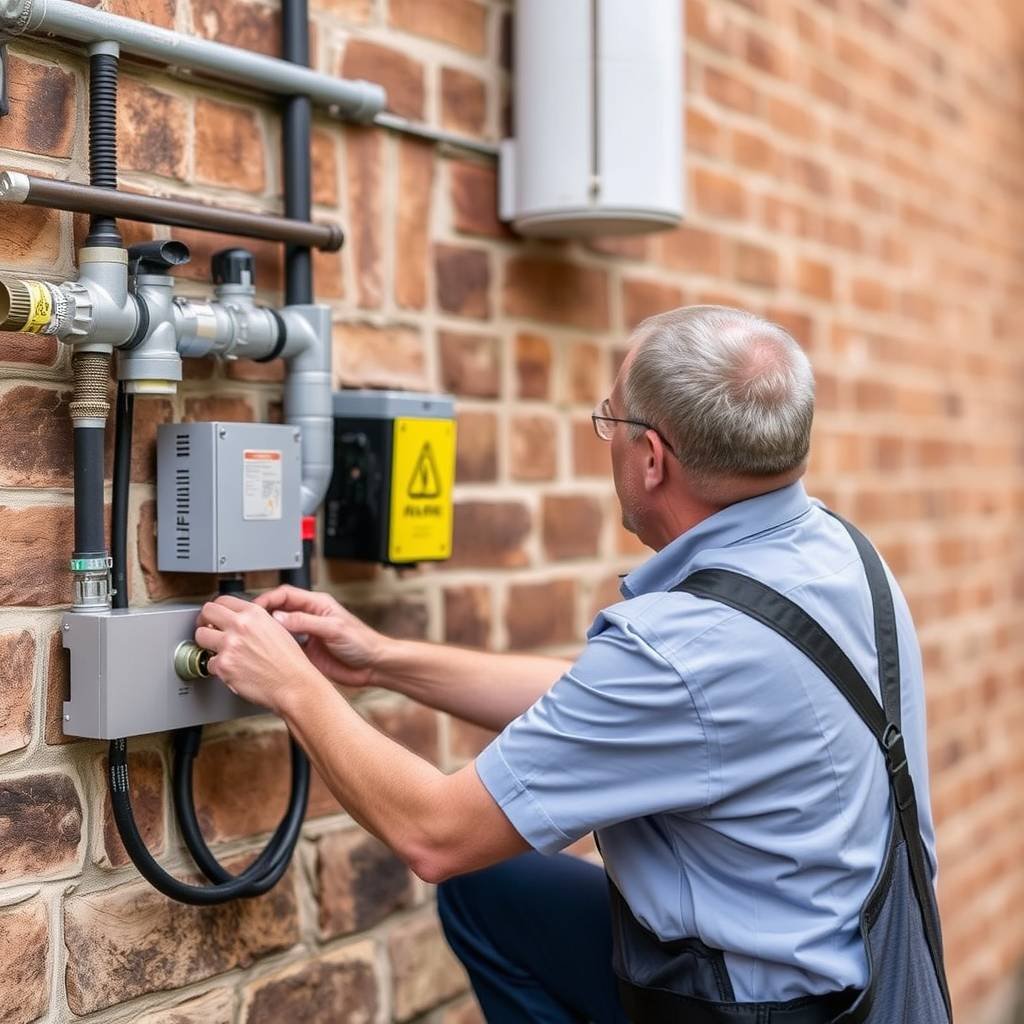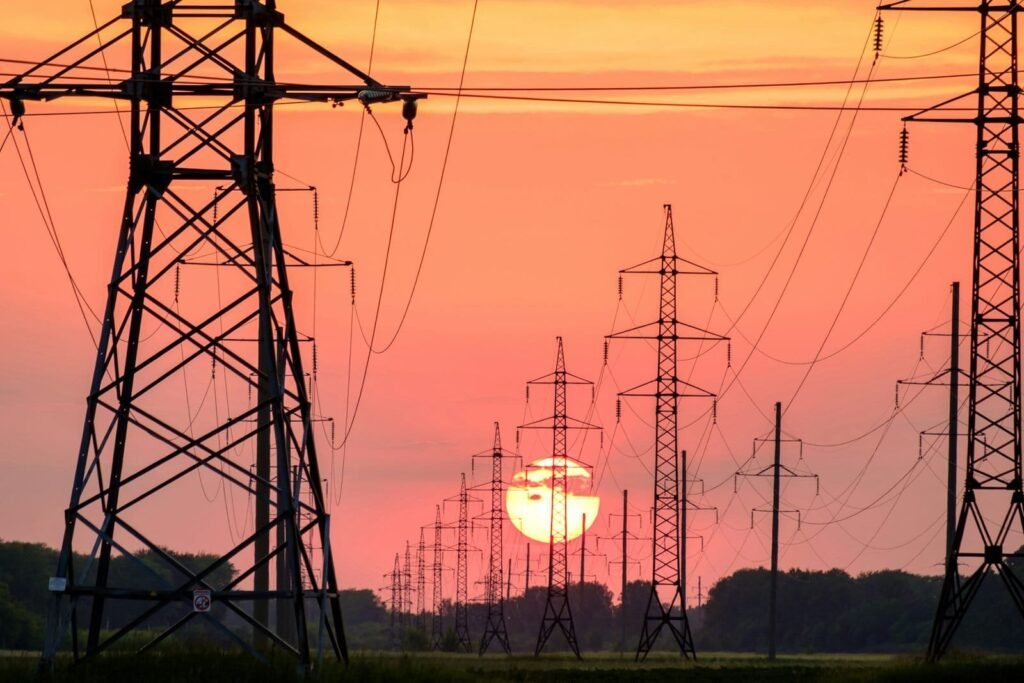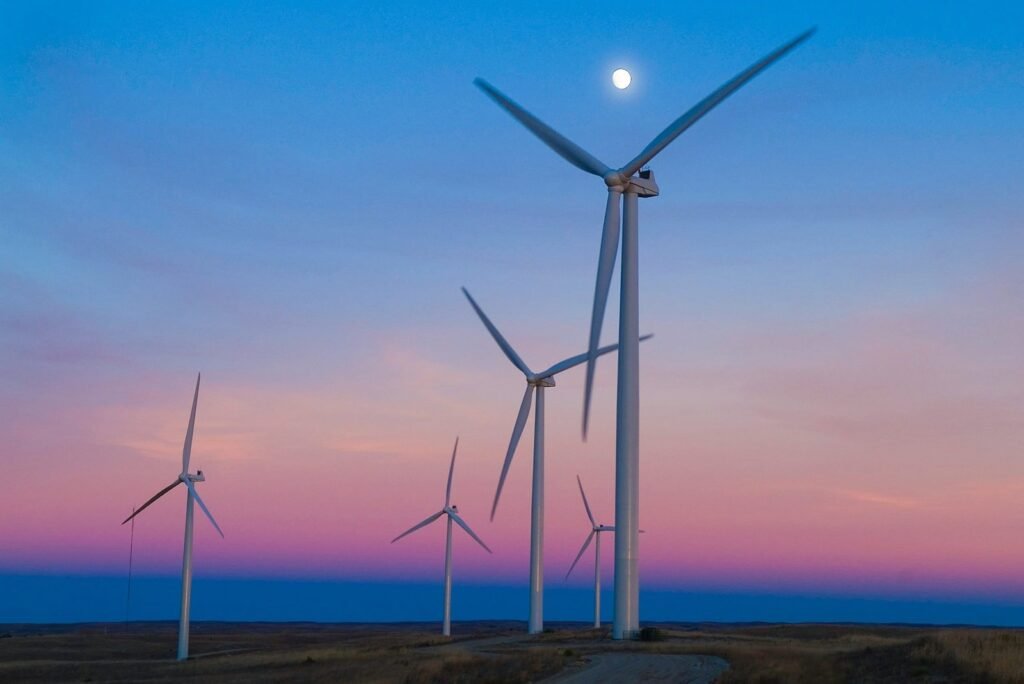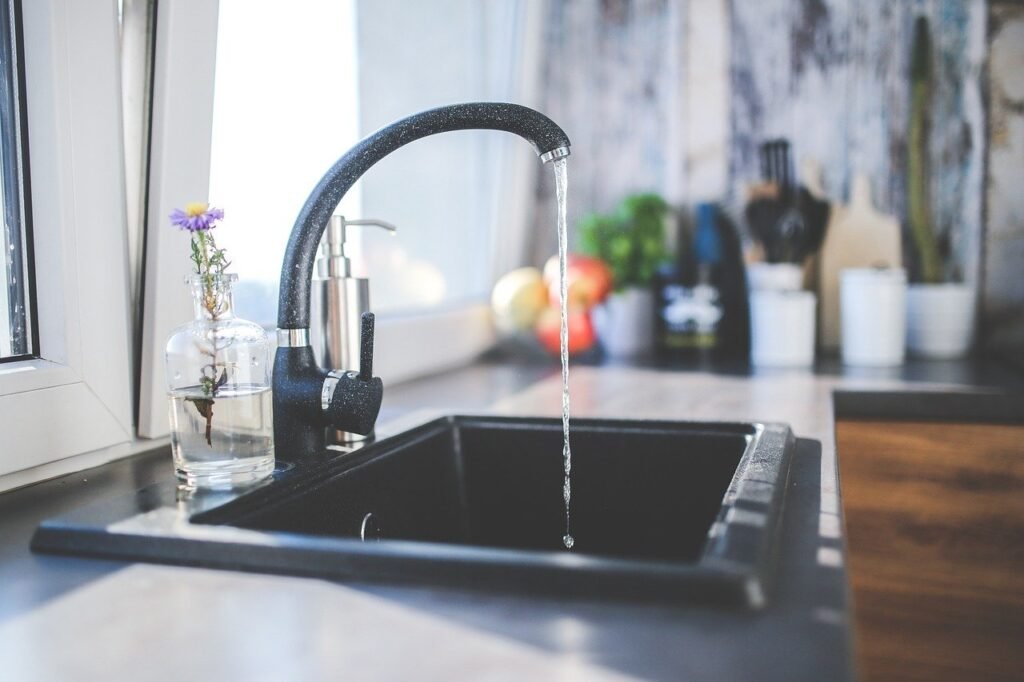How to Set Up Gas and Electricity: A Complete Guide
Setting up gas and electricity for your home is a crucial task when moving into a new property or switching suppliers. It involves understanding your energy needs, choosing the right suppliers, setting up accounts, and managing payments. This comprehensive guide will walk you through each step while ensuring that you stay informed about the average cost for utility bills and utilities cost per month in the UK.
Understanding Your Energy Needs
Before you set up gas and electricity, it’s essential to evaluate your household’s energy requirements. Knowing your energy consumption patterns will help you choose the right plan that balances your household’s needs and your budget.
Factors to Consider:
- Number of Occupants: The more people in your home, the higher your energy usage. Activities like cooking, heating, using electronic devices, and hot water consumption all contribute to higher energy bills.
- Types of Appliances: Your kitchen and home appliances, such as refrigerators, ovens, washing machines, and dishwashers, play a big role in your electricity consumption. Similarly, gas heaters, electric heating systems, or water heaters significantly impact energy usage.
- Heating Needs: If you rely on central heating or portable heaters, especially during colder months, your gas or electricity consumption will increase. It’s helpful to perform an inventory of your home’s energy-consuming appliances to estimate your monthly usage.
Assessing these factors will give you a clearer idea of how much gas and electricity you’re likely to use, allowing you to select the most suitable tariff from an energy supplier.
Average Cost for Utility Bills in the UK
Before diving into the process of setting up your energy accounts, it’s important to understand the average cost for utility bills. On average, utility bills for gas and electricity in the UK range from £95 to £155 per month, depending on factors like location, the size of the household, and the efficiency of appliances. This translates to an annual utility cost of approximately £1,140 to £1,860.
By evaluating your usage, you can make informed decisions that will help you control these costs and keep your utilities cost per month manageable.
Choosing the Right Energy Suppliers
Selecting the right gas and electricity supplier is one of the most important decisions you’ll make when setting up utilities. There are several energy providers in the UK, and each offers different tariffs and services. Here’s how to make an informed choice:
1. Researching Suppliers
Begin by researching energy suppliers that operate in your area. The UK has a wide range of suppliers, from well-known providers like British Gas and EDF Energy to smaller, independent ones like Bulb and Octopus Energy.
2. Using Comparison Websites
Using price comparison websites is one of the easiest ways to evaluate tariffs from different providers. Websites like Uswitch and MoneySuperMarket aggregate the latest deals, allowing you to compare energy rates, standing charges, and contract lengths all in one place.
3. Tariff Types
There are different tariff types to consider:
- Fixed-rate tariffs lock in the price of gas and electricity for the duration of your contract (usually 12 to 24 months), offering protection against price hikes.
- Variable-rate tariffs fluctuate with the market, meaning prices can go up or down.
- Economy 7/10 tariffs provide cheaper electricity rates during off-peak hours (night time).
Choosing the right tariff will depend on your energy usage habits, budget, and personal preferences.
4. Contract Length and Exit Fees
Consider the contract length and any associated exit fees. Some providers offer longer-term contracts with lower monthly costs, but they may charge exit fees if you decide to switch suppliers before the contract ends.
5. Customer Service
Don’t forget to check reviews and ratings for customer service. Reliable support can make a significant difference if you encounter any issues with billing, outages, or meter readings.
Setting Up Your Gas and Electricity Accounts
Once you’ve selected your energy supplier, the next step is setting up your accounts. Here’s a simple guide to getting started:
1. Documentation Needed
When setting up gas and electricity accounts, you’ll need to provide proof of identity and address. Documents like a passport, driver’s licence, and recent utility bills or council tax statements are typically required.
2. Contacting the Supplier
Reach out to your chosen supplier via their customer service hotline or online portal to start the account setup process. Most suppliers allow you to set up an account online, but some may prefer phone or email communication.
3. Connection and Installation
If you’re moving into a new home, schedule the connection of gas and electricity as soon as possible. Connection times vary by supplier, and delays can lead to inconvenient downtime. Ensure that you’re available on the day of installation, as a technician may need access to your home for setup and safety checks.
Understanding Utility Bills and Managing Payments
After setting up your gas and electricity services, you’ll need to manage your payments effectively to avoid unnecessary expenses. Your energy bills typically consist of several components:
1. Understanding the Components of Your Bill
- Fixed charges: These are standing charges that you pay regardless of how much energy you use. It covers the maintenance of energy networks.
- Variable charges: These are usage-based charges calculated based on the amount of gas and electricity you consume.
- Discounts and fees: Some suppliers may offer discounts for paying by direct debit or applying early payment discounts. Fees may include additional service charges or late payment penalties.
Understanding these components allows you to track how much you’re spending and make adjustments if needed.
2. Average Utilities Cost Per Month
On average, households in the UK spend between £50 and £80 per month on electricity, while gas bills average around £45 to £75 per month. Together, this means that the utilities cost per month for a typical household is between £95 and £155.
3. Payment Methods
- Direct Debit: This is the most convenient payment option for most customers, often resulting in lower monthly bills due to discounts. Payments are automatically deducted from your bank account.
- Prepayment meters: This option allows you to pay for energy in advance, making it easier to manage your consumption and budget, especially if you’re on a tight income.
- Monthly or quarterly payments: Some suppliers offer flexible payment plans, allowing you to pay your bills either monthly or quarterly.
4. Managing Your Energy Consumption
To keep your utilities cost per month under control, consider these energy-saving tips:
- Smart Meters: Installing a smart meter allows you to monitor your energy usage in real-time and provides more accurate billing.
- Energy-Efficient Appliances: Upgrade old appliances to energy-efficient models that use less electricity or gas, significantly reducing your monthly bills.
- Adjust Heating Settings: Lower your thermostat during the winter by a couple of degrees to reduce heating costs, or invest in a programmable thermostat.
Frequently Asked Questions (FAQs)
1. How do I find out my energy usage?
You can check your energy usage by reviewing your energy bills, where the total usage in kilowatt-hours (kWh) is detailed. Smart meters also provide real-time data on your consumption.
2. How long does it take to switch energy suppliers?
Switching suppliers typically takes 21 days, including a 14-day cooling-off period. There should be no disruption to your gas or electricity supply during the switch.
3. What is the average cost for utility bills in the UK?
The average cost for gas and electricity in the UK ranges between £95 to £155 per month, depending on factors like household size and location.
4. How can I reduce my utilities cost per month?
You can reduce your monthly utility costs by switching to a more affordable energy supplier, installing a smart meter, and adopting energy-efficient habits, such as turning off appliances when not in use and insulating your home.
Conclusion
Setting up gas and electricity services for your home involves careful planning, from assessing your energy needs to choosing the right supplier and managing payments. By understanding the average cost for utility bills and how to keep your utilities cost per month low, you can make informed decisions that benefit both your household and your budget. Make sure to compare tariffs, set up accounts promptly, and manage your usage efficiently to optimise your energy consumption.




